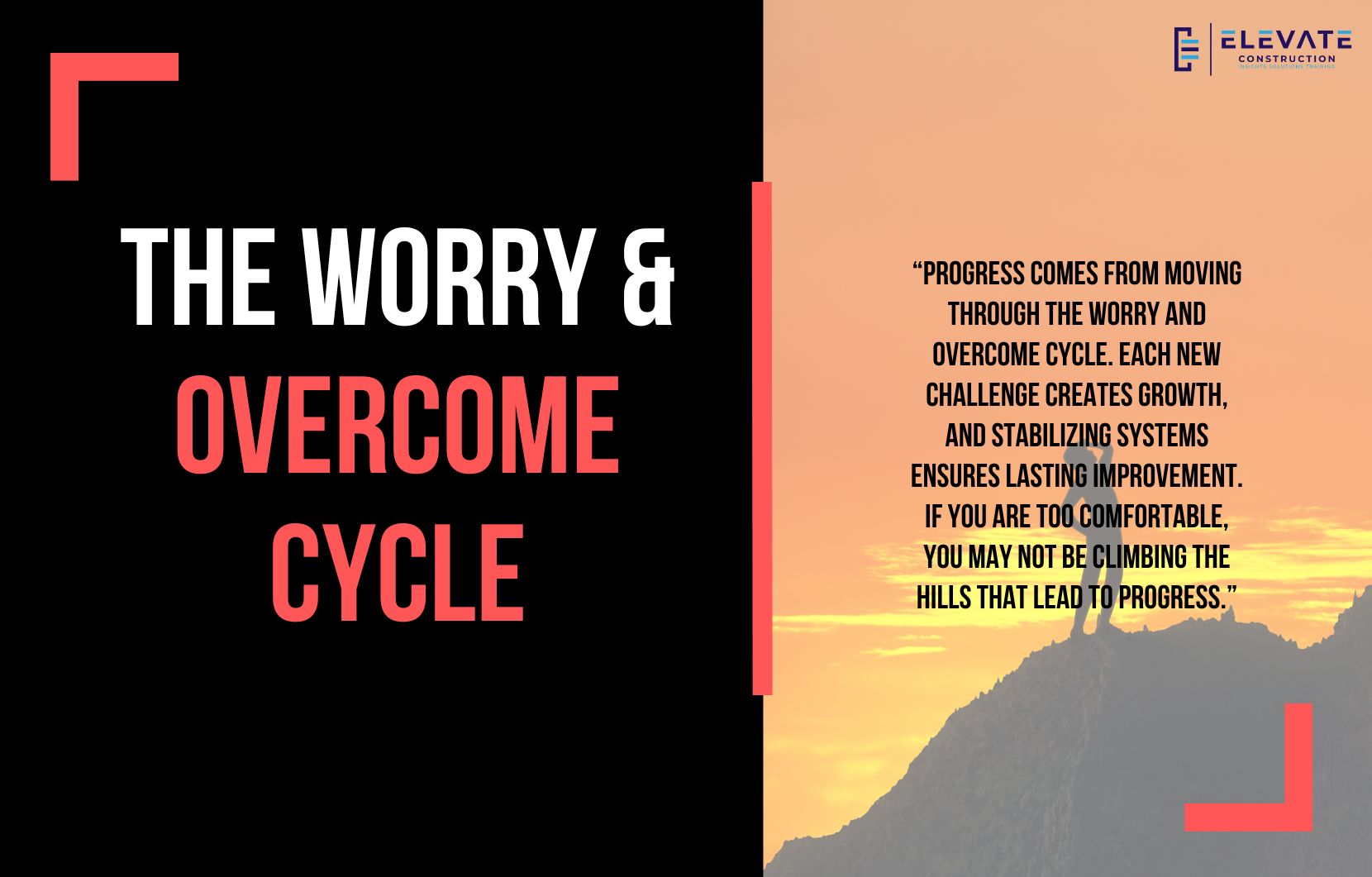In this blog, I am going to talk about the worry and overcome cycle. If you are interested in that, stay with us.
I hope you are doing well. I do not have any more feedback from our readers to share today, but if you want to send me some feedback, please do so.
We have already hired two laborers, two dynamos, and are on our way to hire one carpenter. If you are a carpenter or forklift operator in the Arizona and Phoenix Buckeye area and want to work with us, please reach out because we still have a couple of openings.
We just released the switchgear for the project and we are implementing all the systems that we teach all the time. One tool we are using right now is Intact, which has become my preferred tool for takt planning, even above Excel. I never thought I would say that because I love Excel, but the export feature for the Lookahead and Weekly Work Plan is remarkable.
I am also working on an anti-CPM book, and Kate and I are preparing the fourth revision of Wes Crawford’s book, Construction, Surveying, and Layout. We are really excited about that.
Now, let’s get into the topic at hand: the worry and overcome cycle. This is a concept that I have used for years in projects, companies, and even new ventures. It looks like this: I identify something to worry about, work through the worry, and overcome it. Once it is stabilized, my mind quickly finds the next thing to worry about and overcome.
For example, when the 50 percent drawings come out, I worry about whether we have the right unit rates and budget updates. That worry pushes me to act, so I reach out to trade partners, confirm buy-in, and even hire third-party estimators. Once I confirm we are on track, that worry is replaced by relief. But then, when the 100 percent drawings are released, a new worry emerges about bid packages. I work through scopes with the project manager and specialists, double-check everything, and once it is stable, the cycle resets again.
This cycle is not a weakness. It is a sign of progress. If you are not worrying and overcoming, then perhaps you are too comfortable, not climbing hills, and maybe even in danger of stagnation.
For me, this cycle always ends in stability. I work systems until they are so stable and self-sufficient that they no longer need me. That has been my two-year rhythm throughout my career. Field engineering, training, BIM, leadership development, each phase stabilized and handed off.
The worry and overcome cycle leads to remarkable results because it ensures continuous improvement and forces us to build durable systems that work on their own.
Key Takeaway
Progress comes from moving through the worry and overcome cycle. Each new challenge creates growth, and stabilizing systems ensures lasting improvement. If you are too comfortable, you may not be climbing the hills that lead to progress.
If you want to learn more we have:
-Takt Virtual Training: (Click here)
-Check out our YouTube channel for more info: (Click here)
-Listen to the Elevate Construction podcast: (Click here)
-Check out our training programs and certifications: (Click here)
-The Takt Book: (Click here)
Discover Jason’s Expertise:
Meet Jason Schroeder, the driving force behind Elevate Construction IST. As the company’s owner and principal consultant, he’s dedicated to taking construction to new heights. With a wealth of industry experience, he’s crafted the Field Engineer Boot Camp and Superintendent Boot Camp – intensive training programs engineered to cultivate top-tier leaders capable of steering their teams towards success. Jason’s vision? To expand his training initiatives across the nation, empowering construction firms to soar to unprecedented levels of excellence.
On we go


